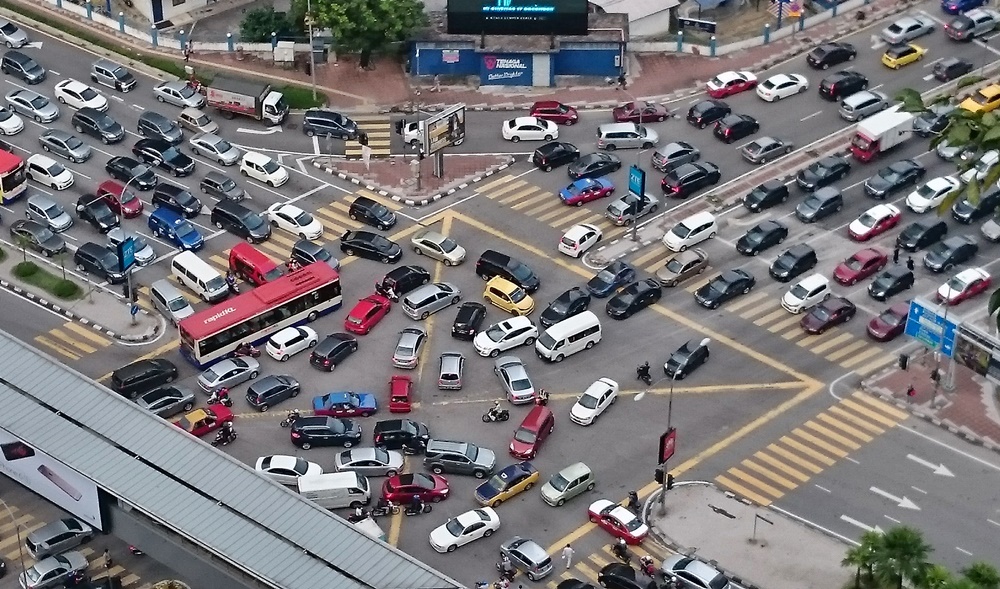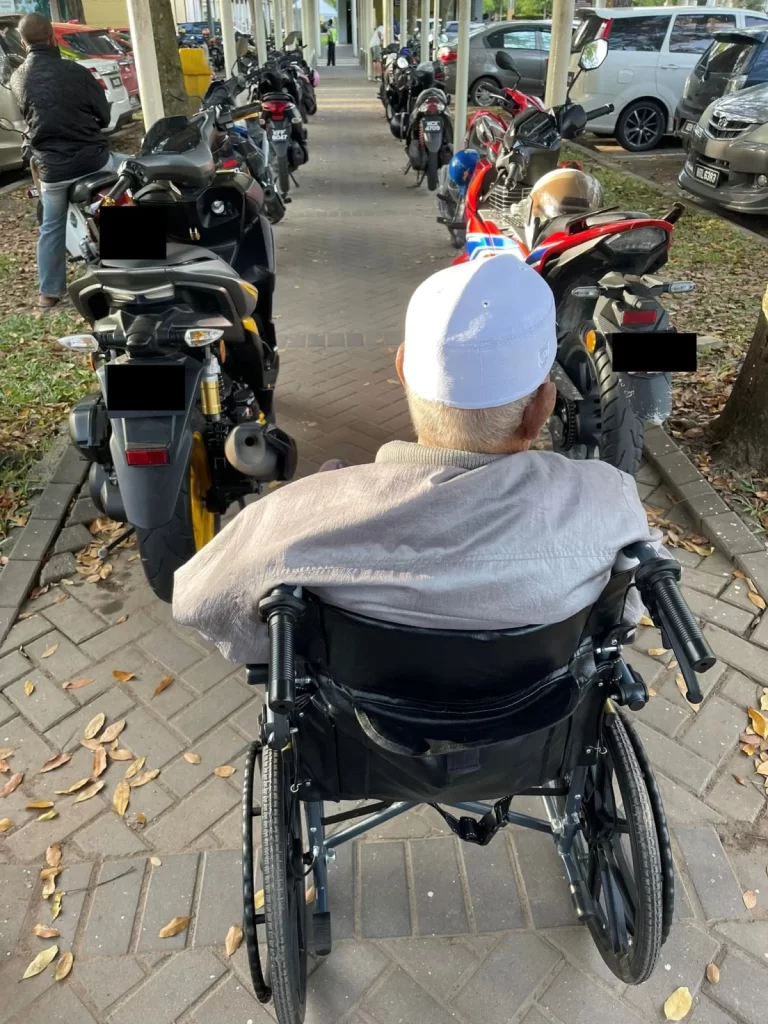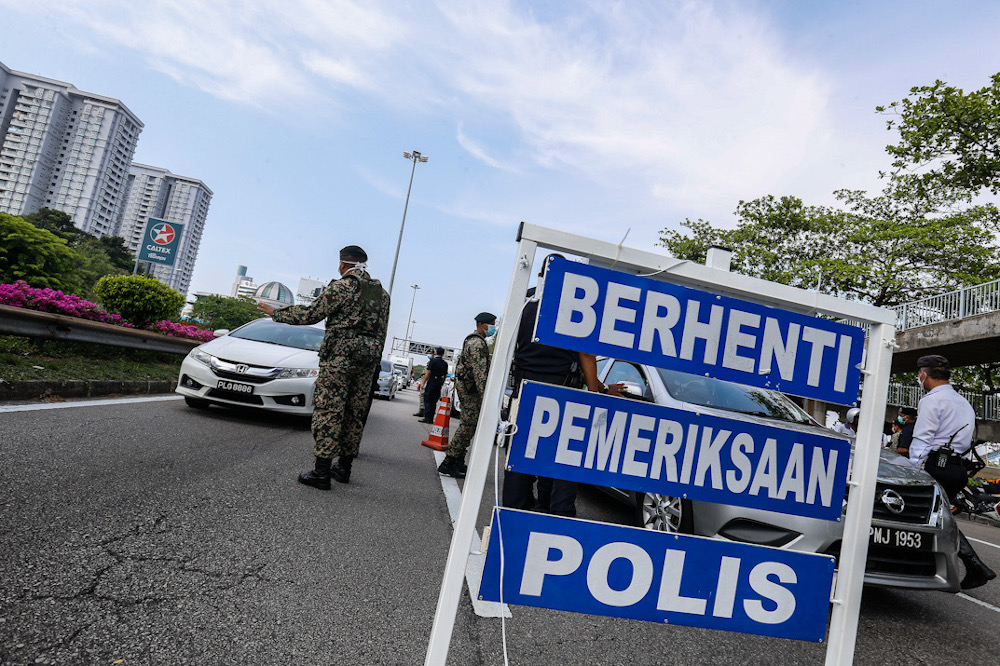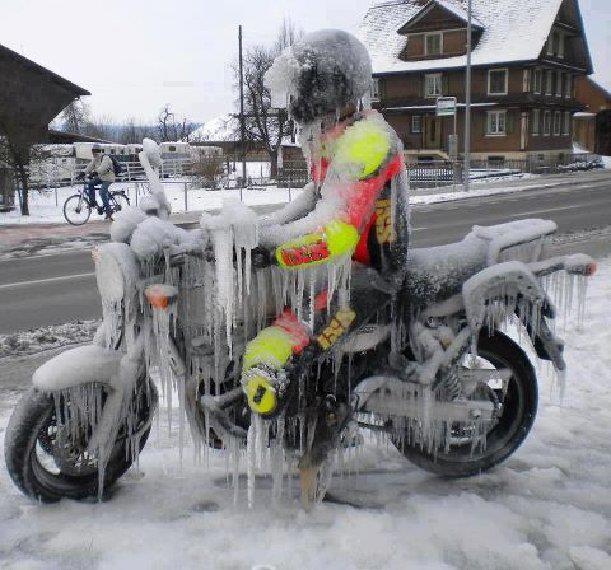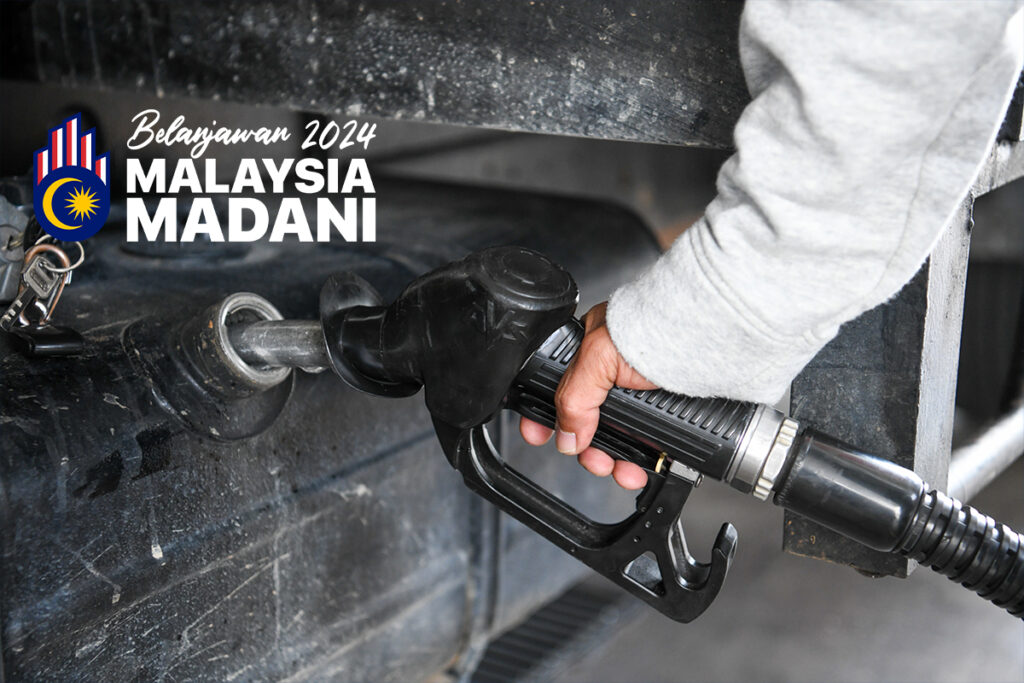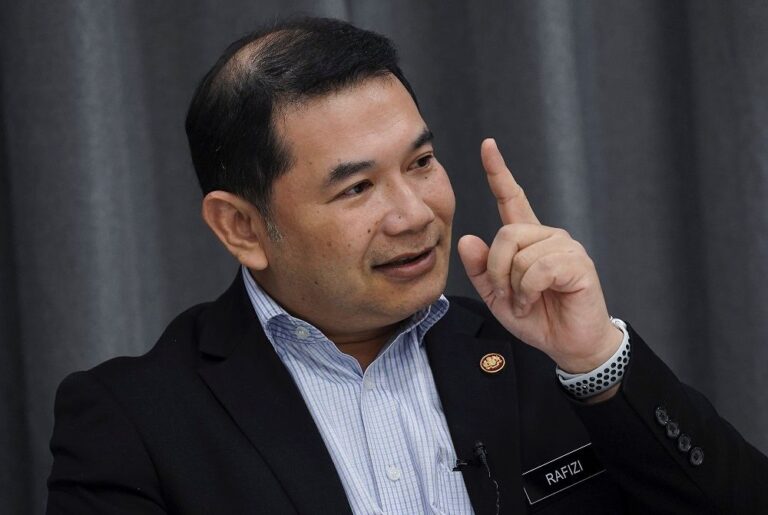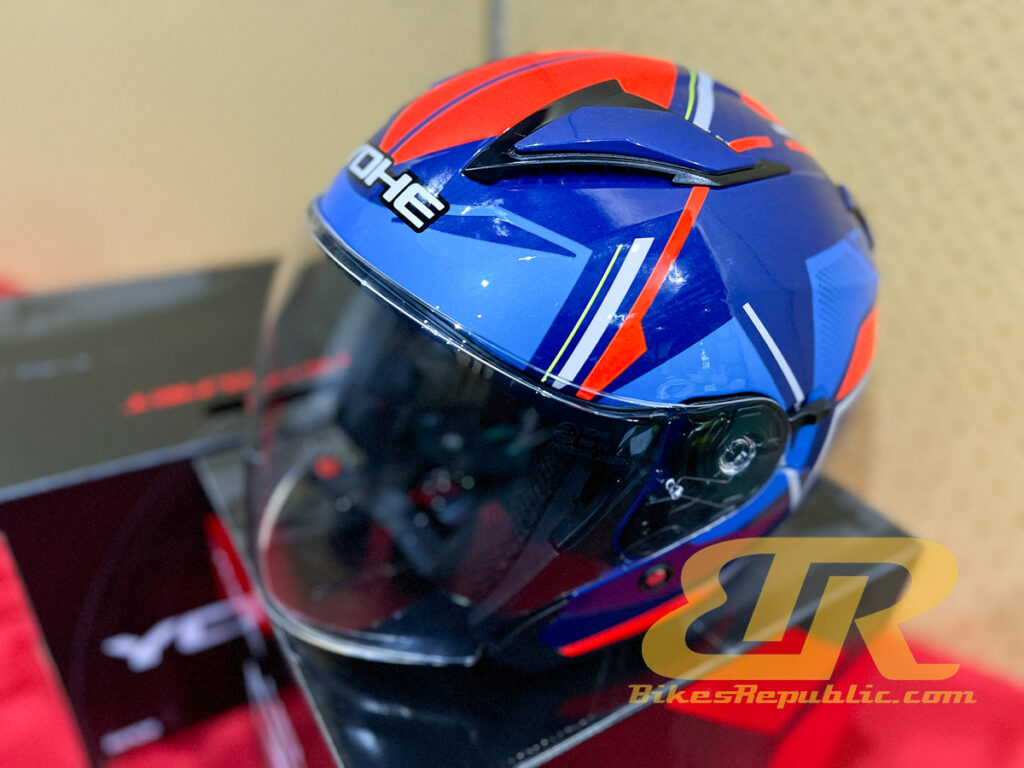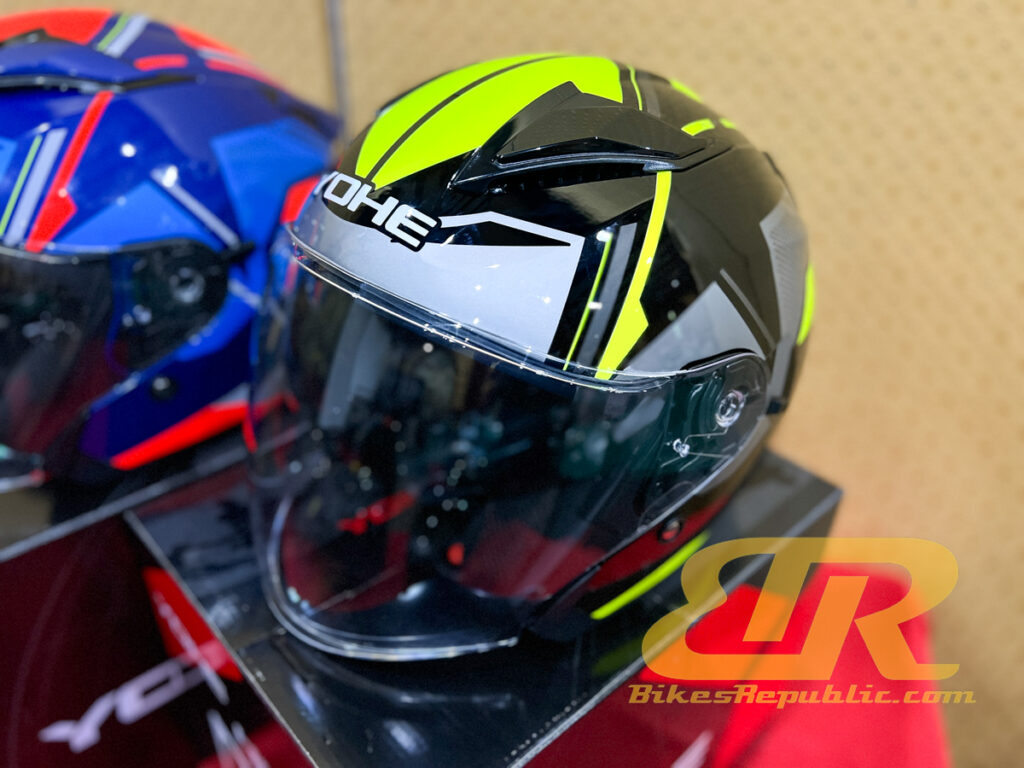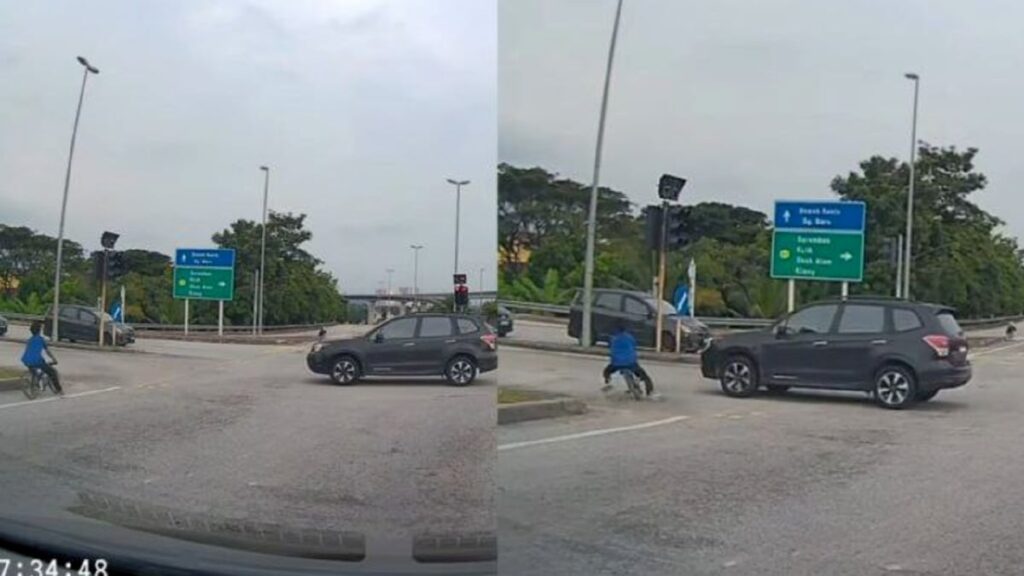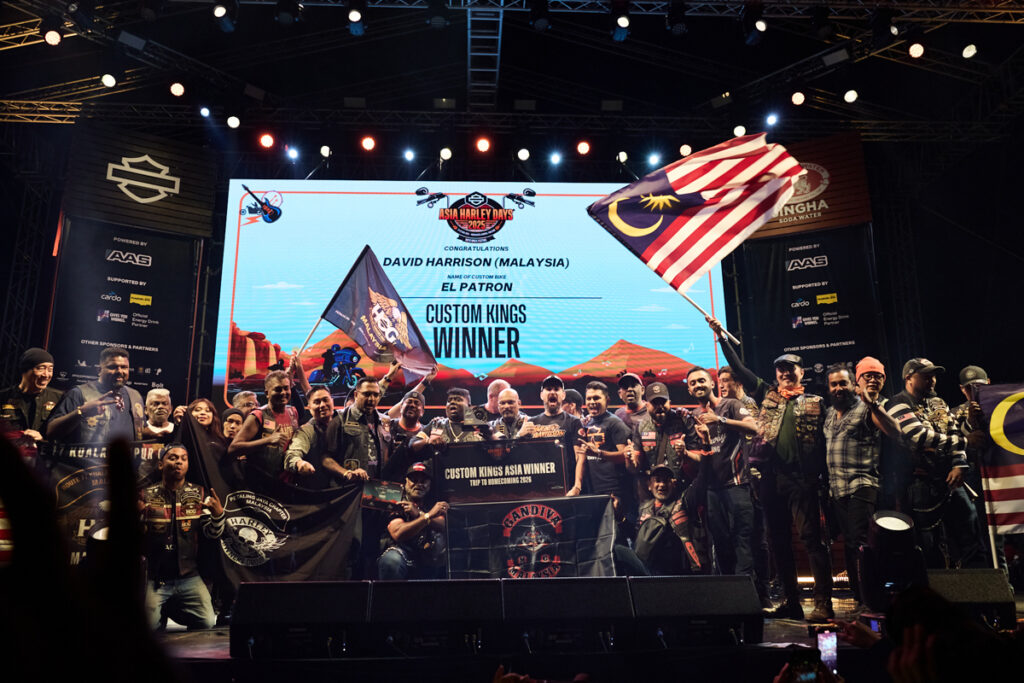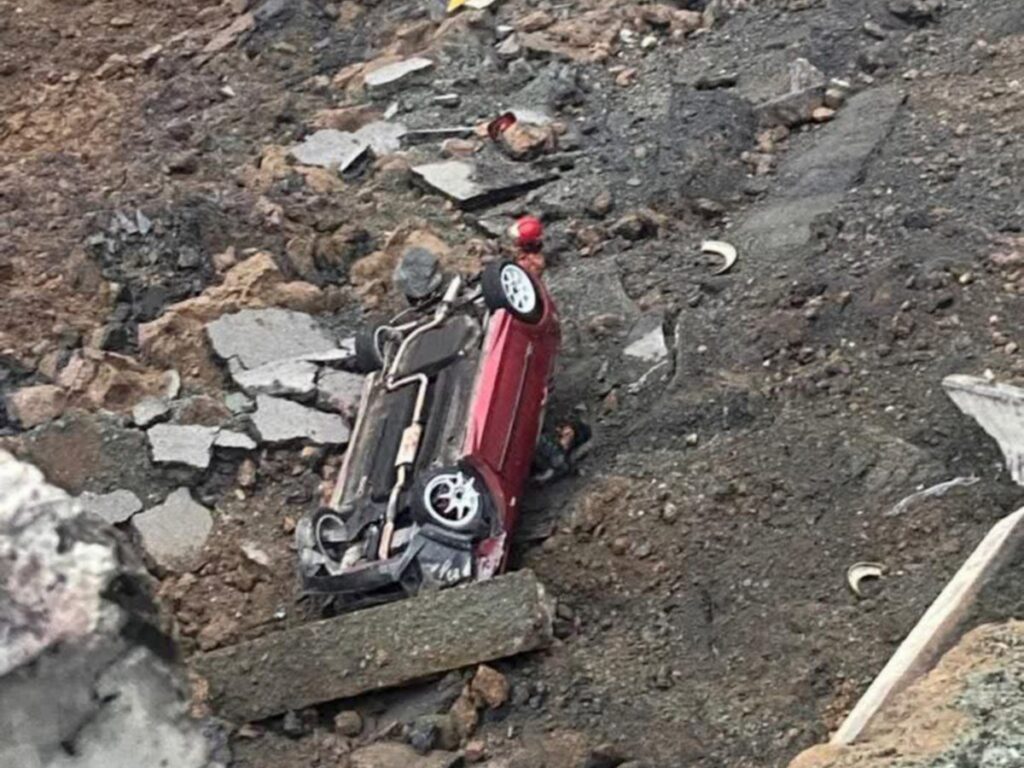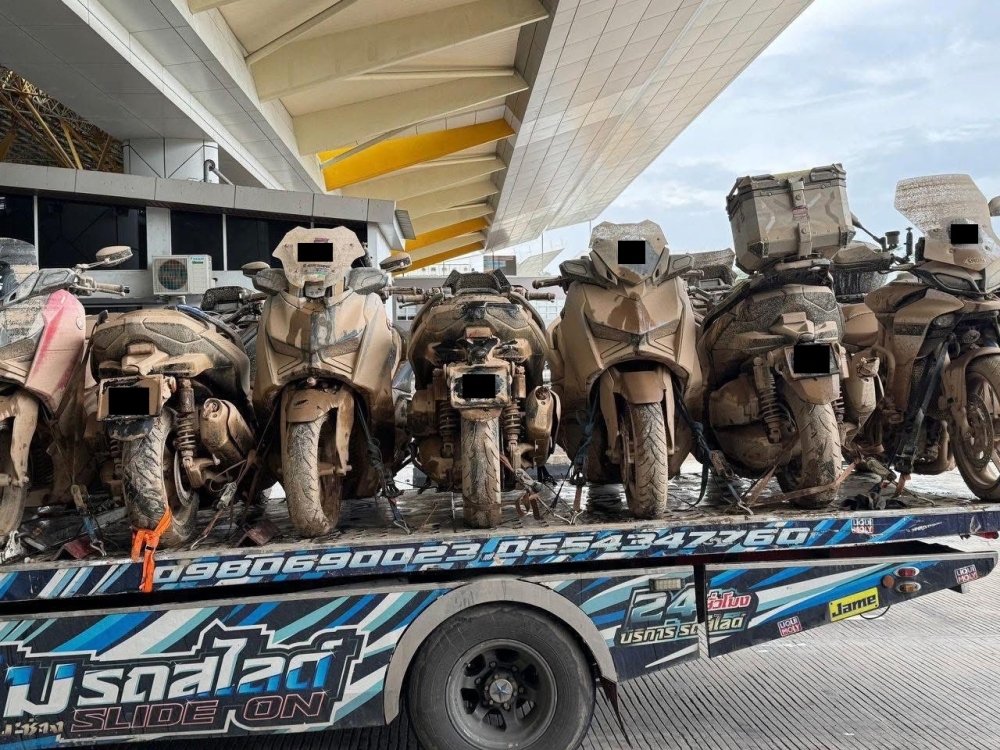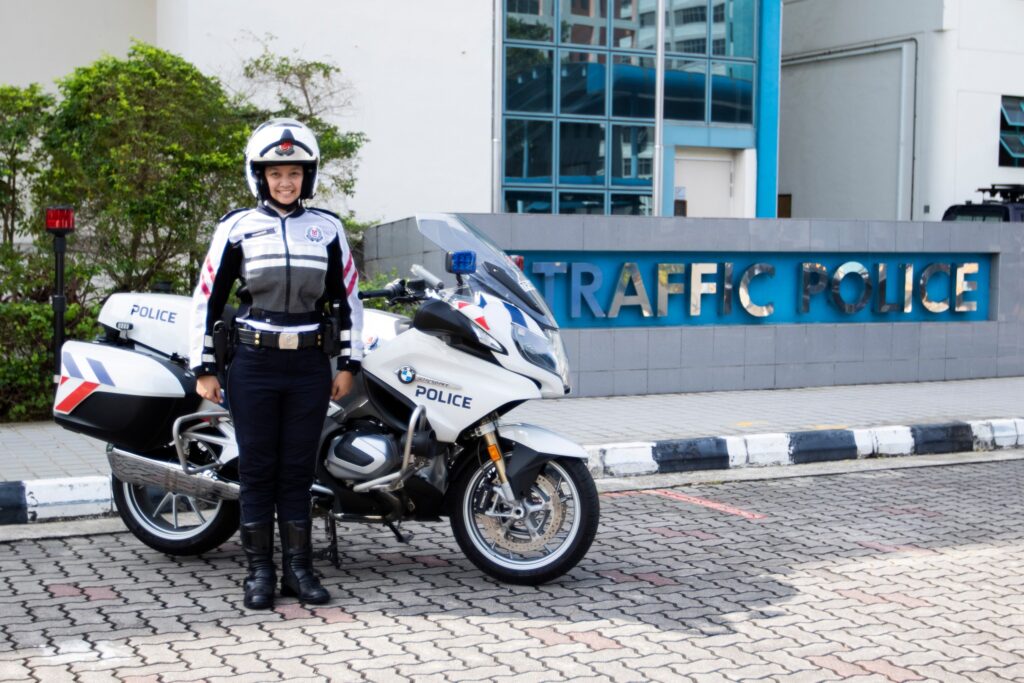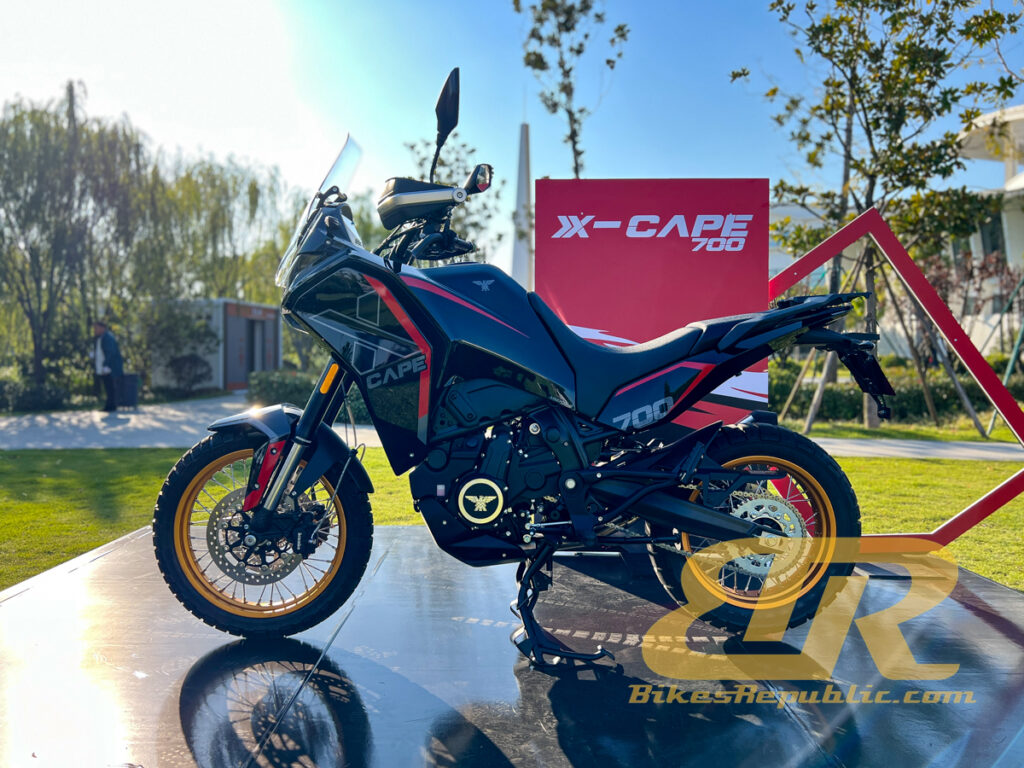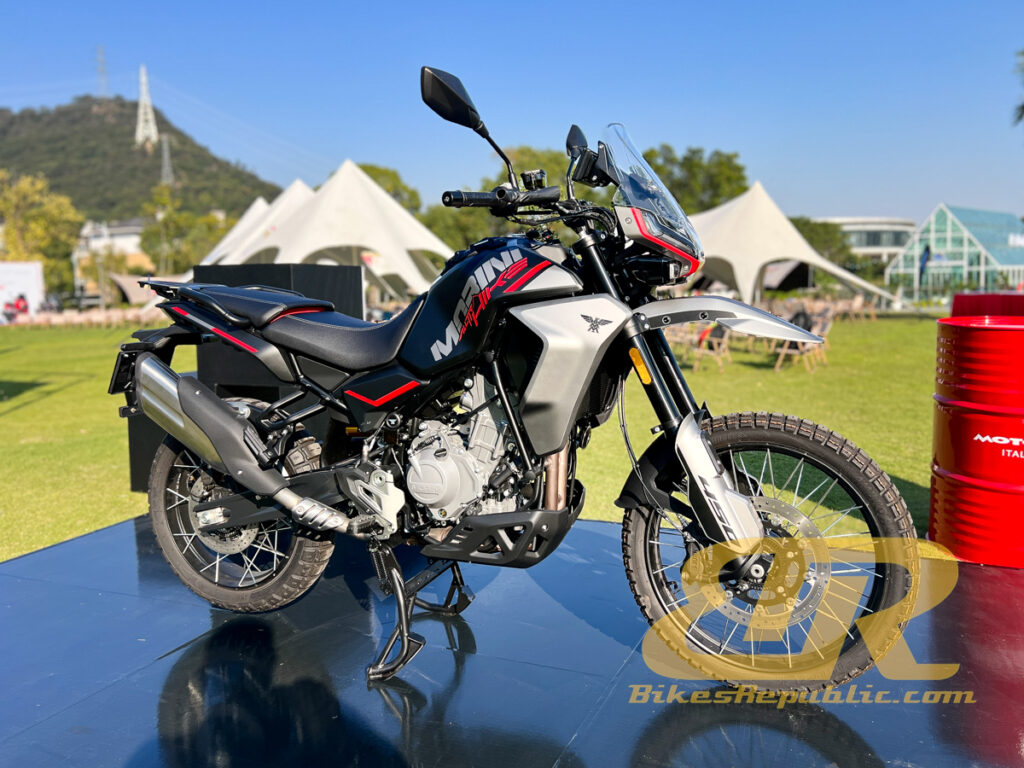The automotive world was recently shaken by a scandal among Japanese manufacturers which involved them falsifying test data. Among those caught in the mix was Yamaha, the only Japanese motorcycle manufacturer found to have done so.
Investigators found that Yamaha had falsified the sound emission test data for three models namely the YZF-R1, YZF-R3, and TMAX. The company has since halted the shipment of all models.
We reached out to the official Yamaha distributor in Malaysia, Hong Leong Yamaha Motor for clarification and was told that the issue only involved motorcycles for the Japanese market, hence local models are not affected.
Afterwards, the Yamaha Motor Company issued an official statement confirming that the issue does indeed involve Japanese-only models. Below the official statement, translated from Japanese.
“The issue recently announced in Japan does not affect overseas production units, Japanese domestic distribution only. The safety of the product has been confirmed, and (Yamaha Motor Corporation] YMC reports there are no concerns using the product with confidence. Yamaha takes incidents of inappropriate handling very seriously and offers our deepest apologies to our customers, suppliers, business partners, and all other stakeholders for damaging their trust in Yamaha Motor Co., LTD.”)
Yamaha Motor Company maintained that they did not falsify or alter the data concerning the safety aspects of their motorcycles.


